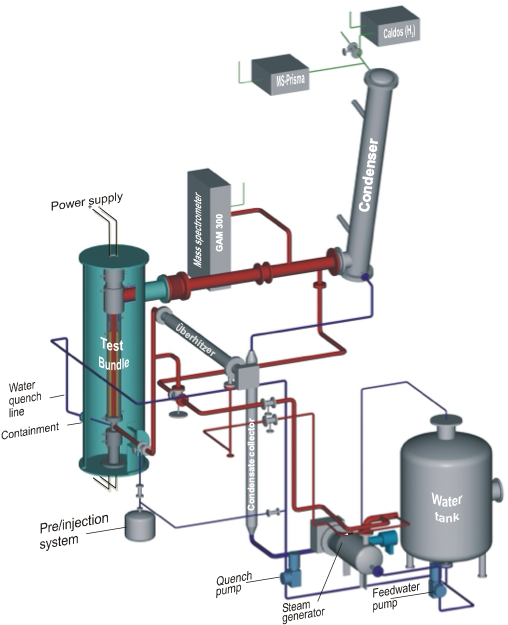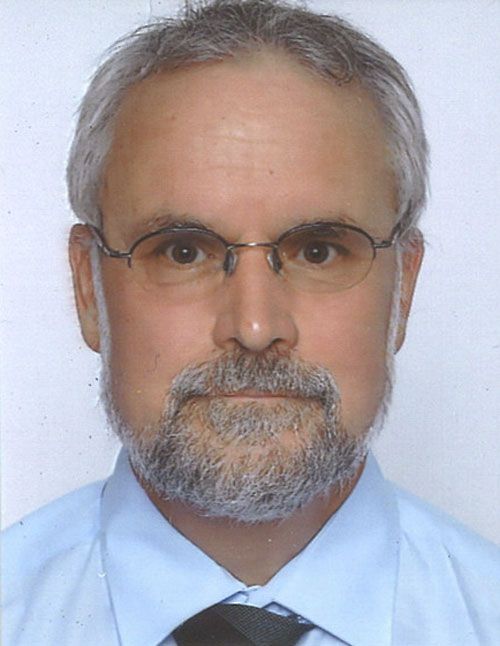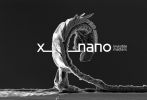Karlsruher Institut für Technologie (KIT)
The Karlsruher Institut für Technologie (KIT) is considered “The Research University in the Helmholtz Association”. KIT is the only German university of excellence with a national large-scale research sector. The roots of the academic education institution extend all the way back to 1825. Today’s structure of KIT is the result of the merger of the Technical University of Karlsruhe and Karlsruhe Research Centre in 2009. Presently, around 10,000 people are working at KIT, of which more than half are conducting research in a broad range of disciplines from the natural sciences to engineering and from economics to the humanities and social sciences. This makes KIT one of the largest science institutions in Europe.
The Institute for Applied Materials - Applied Materials Physics (IAM-AWP) works on the development of metallic, non-metallic, and composite materials, as well as on various topics relating to the structure and properties of interfaces, functional and protective layers, and microstructures. Furthermore, the material behaviour under irradiation and interactions of fuel element materials in light water reactors (LWRs) are investigated. The QUENCH team of the IAM-AWP has unique experience in studying the behavior of nuclear fuel cladding materials under accident conditions. The QUENCH facility is a globally unique nuclear fuel cladding test facility able to experimentally simulate design-basis and beyond-design-basis loss-of-coolant accidents (LOCA). Special thermobalances and furnaces dedicated to steam oxidation tests at high and very high temperatures are connected with mass spectrometers, analyzing with high precision gaseous reaction products.
Schematic of the QUENCH facility

















